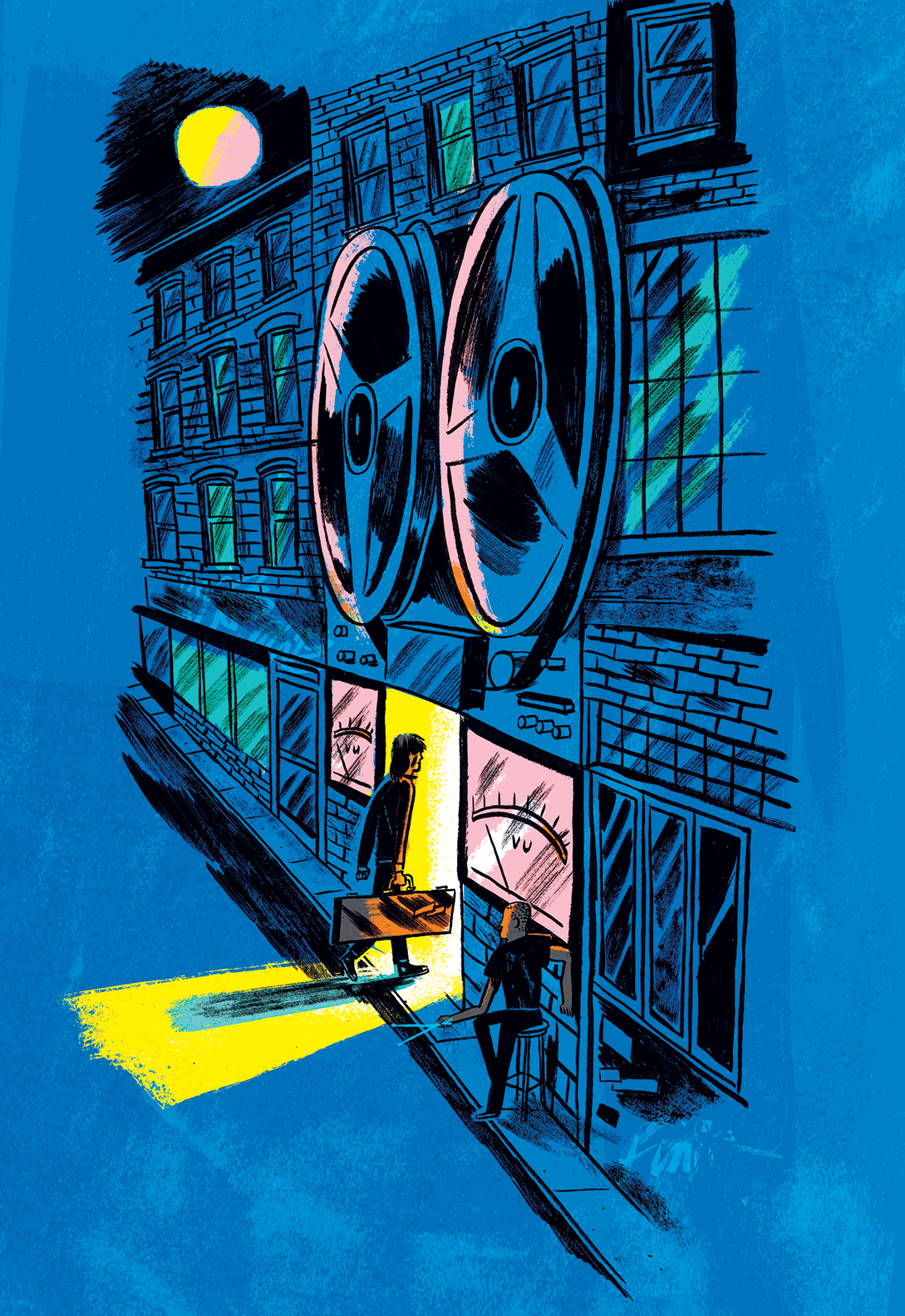For reasons that aren’t entirely logical, I find it easier to spend money on hardware than on software. Likewise, sexy products that excel at enhancement and color can often seem more exciting than workmanlike ones excelling at rescue and remediation. It’s no mean feat, then, that Paul Frindle’s Dynamic Spectrum Mapper V2 was such an easy purchase. But like any good tool, it makes work faster and life easier.
To call DSM V2 a multiband stereo compressor plug-in (even a unique and sophisticated one) would be reductive and misleading. Yes, it’s a multiband compressor with an unprecedented number of bands. But rather than giving the user explicit control of each discrete band, DSM V2 employs a unique “Capture” function to instantly analyze a signal and automatically generate a tailored “Threshold Curve” for frequency-specific gain-reduction. If that’s a blur, don’t worry. We’ll dig deeper.
A no-frills GUI displays familiar controls like input and output gain, threshold, ratio, attack, decay, knee, and stereo link. A handy wet/dry slider makes parallel compression easy. Less-familiar are the aforementioned Capture function, a pair of Timing Profile controls (LF ATT and HF REL), and a triad of Parametric Threshold bands at the bottom (having three controls each). A graphical Threshold Curve animation and two pairs of meters give visual cues to the action. A switchable mastering-grade limiter, transparent below −1 dBFS, is a welcome inclusion.
Let’s focus first on DSM V2’s central distinguishing feature — the Capture function. Momentarily depressing this button at any point during playback will create a snapshot of the signal’s frequency spectrum at that instant. This snapshot is then used to automatically set the relative thresholds of the numerous frequency-specific compressor bands. For example, if a signal contains a lot of energy in the 5 kHz band, but little in the 10 kHz band at the moment of capture, the resulting Threshold Curve will skew higher at 5 kHz and lower at 10 kHz. Depressing and holding Capture creates an average threshold curve for the entire period during which the button is held.
Broadly speaking (and if we’re willing to sacrifice linguistic precision for ease-of-understanding), we might say that DSM V2 allows you to sample the characteristics of a good-sounding bit, and then use that information to influence the poorer-sounding bits into conforming more closely. One obvious application is powerfully precise de-essing. Depress Capture during a typical passage with no sibilance, and the resultant threshold curve will match the overall spectrum profile of the source (read: little-to-no gain-reduction under sibilance-free conditions). When an “essy” bit occurs, only the sibilance will spike above the threshold curve, triggering reduction in only that band. But that’s barely scratching the surface!
The Parametric Threshold controls, when enabled, allow you to morph the captured profile to suit any number of purposes. On one recent mix, I was given some rather poorly-recorded drum overheads. Inexpensive microphones, a subpar room, and brash cymbals all conspired to create a harsh, unpleasant buildup at 3–5 kHz (and reaching higher). With a conventional equalizer, I struggled to tame the offensive bits without making the overall presentation too dull. DSM V2 to the rescue! After a quick Capture of the best-sounding passage I could find, I used a Parametric Threshold band (with the Q set at a moderate width) to further squeeze the most-problematic range. With just a bit of listening and tweaking, DSM V2 was surprisingly effective at de-emphasizing those problem frequencies without excessively dulling the overall picture. Not exactly like fixing it at the source, but much closer than I was able to get with conventional EQ.
A profile captured from one source can also be applied to an entirely different one using Save and Load features. In my scenario above, I could also have tried capturing a profile from some well-recorded overheads, and then loading that profile to process the poor-sounding ones. If I was a mastering engineer, I might be particularly interested in this feature.
Attack and decay settings, in addition to applying at the moment of gain-reduction, also apply when performing a Capture. By manipulating the two, you can influence the captured profile to focus primarily on either steady-state or transient information, and then adjust them differently, if desired, when the actual processing occurs. The same applies for the unusual Timing Profile controls, which are frequency-specific attack and release settings. When LF ATT is pushed higher, the attack is slowed only for lower-frequency portions of the signal. HF REL speeds up the release time only for higher frequencies.
A quick flip through the concise 12-page PDF manual will have a new user up and running relatively quickly, but the software will continue to reveal and suggest new possibilities and applications over time. About a year after first trying DSM V2, I’m still finding new situations in which to use it. I recently agreed to try and salvage a poor-quality stereo file of dialogue for a podcast. The host had spoken into a handheld microphone with considerable proximity effect, while the guest had phoned in via Skype, and the difference in character between the two voices was distracting. Using DSM V2, I pressed Capture when the host was speaking and then applied processing to the entire file; it took only a few minutes to bring the two close enough together to be acceptable.
Even without the unique features, DSM V2 would be a superior, very smooth and transparent compressor. But the real draw is its Capture capability. While it’s easy enough to get a basic grasp of DSM V2’s operation, this plug-in really rewards a deep-dive into its complex features. DSM V2 can do things that no hardware compressor can do, and that makes it quite interesting. With a 14-day free trial, the stakes for having a look are low indeed.




_disp_horizontal_bw.jpg)